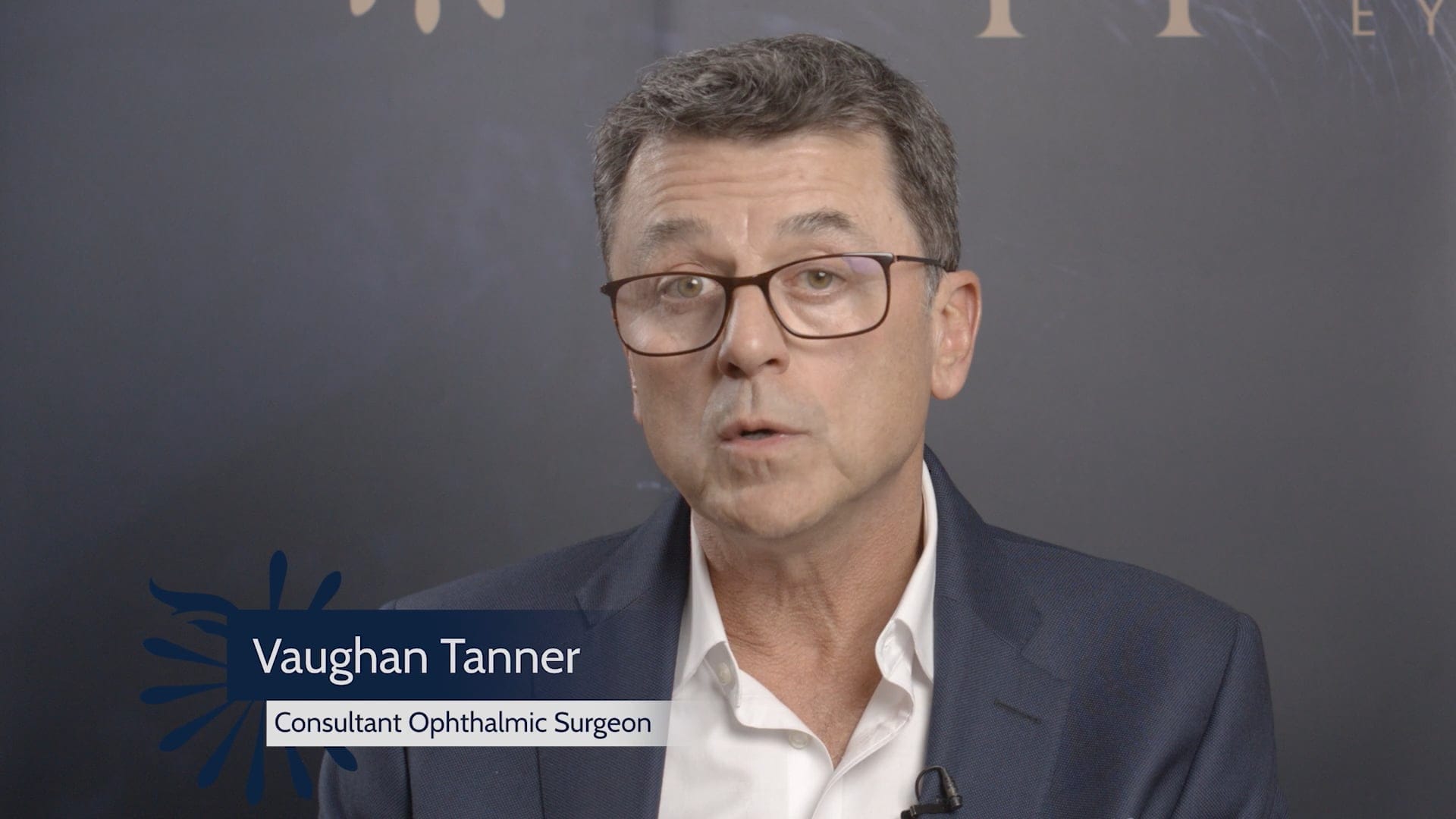Refractive Lens Exchange
Discover vision independence with Sapphire Eye Care’s Refractive Lens Exchange, offering a long-term fix for those unsuitable for laser eye surgery. This procedure corrects various visual impairments with a state-of-the-art lens, enhancing life with practical vision solutions.

Refractive Lens Exchange (RLE) is a transformative procedure for those seeking independence from glasses or contact lenses.
At Sapphire Eye Care, we specialise in this advanced vision correction surgery, offering personalised solutions to suit your vision needs. Until relatively recently, spectacles and contact lenses were the only thing we could use to correct some issues with our vision. Now, thanks to huge advances in implant techniques and technology, you can say goodbye to both with refractive lens exchange. RLE is a safe, cost-efficient and practical solution for long-term vision correction. It may also be a good option if your age or prescription means that laser treatment isn’t appropriate for you.

Frequently asked questions
How does Sapphire Eye Care personalise the RLE procedure for each patient?
Personalisation is key to the RLE procedure at Sapphire Eye Care. We understand that each patient’s eyes are unique, with different vision correction needs and health considerations. Therefore, we begin with a detailed examination of your eyes, discuss your visual goals and lifestyle requirements, and then select an intraocular lens (IOL) that best fits your specific circumstances. The choice of IOL is critical and can include options such as multifocal lenses. Additionally, we consider your overall eye health, the shape and size of your eyes, and any other ocular conditions that might influence the choice of lens and surgical approach. By tailoring each aspect of the RLE procedure, we aim to achieve optimal results that not only enhance your vision but also complement your way of life.
What causes short-sight, long-sight, astigmatism and presbyopia?
To understand how our vision changes under certain circumstances, it helps to know a little more about the inner workings of the eyes. In simple terms, the lens of the eye lies just behind the iris. Its function is to focus light rays onto the retina, the light-sensitive layer of nerves at the back of our eyes.
The way the eye focuses light depends on three main factors:
• the power of the cornea, which is the part of the eye that acts as a clear window
• the power of the lens inside the eye
• the length of the eye.
The cornea and lens work together to create a focused image on the retina. The length of the eye remains fixed.
In a normally-sighted eye, a healthy young lens has the ability to adjust the eye’s focus, allowing us to see things clearly both near and far away. Many people begin to lose this ability, however, when they reach middle age. Around this time they begin to discover that they need a spectacle correction for reading. This is called presbyopia.
How can refractive lens exchange correct my sight?
Refractive lens exchange works by altering the focus of the eye. It provides clear vision by changing the optical power of the lens. This allows the image to be focused onto the retina, rather than in front of or behind it. A multifocal or accommodating lens can then help to provide near and distance focusing.
When should I have refractive lens exchange surgery?
There are no hard and fast rules about when to have refractive lens exchange surgery. But if you find that wearing glasses or contact lenses is interfering with your daily life, it’s definitely worth considering the treatment.
Refractive lens exchange is technically very similar to modern cataract surgery. Thanks to major developments in surgical technique, the very low risk of complications, and the huge visual benefits of modern implant lenses, it has become very popular.
During surgery we remove your natural lens and replace it with a clear, plastic lens implant. It remains permanently in your eye, but you won’t be able to feel it.
How does Refractive Lens Exchange differ from LASIK?
Refractive Lens Exchange (RLE) involves the removal of the eye’s natural lens, which is then replaced with a custom intraocular lens (IOL) to correct vision. This method is particularly beneficial for patients who have presbyopia or high refractive errors that LASIK, a laser-based procedure that reshapes the cornea, cannot correct. RLE offers an alternative for those who may not be ideal candidates for corneal-based refractive surgery due to thin corneas, dry eyes, or other corneal issues. By addressing the lens rather than the cornea, RLE can provide a comprehensive correction that may reduce or eliminate the need for glasses, including reading glasses, which LASIK cannot always accomplish.
What can I expect in terms of visual outcomes after RLE surgery?
The visual outcomes following Refractive Lens Exchange surgery can be transformative – patients often noticing a stark difference almost immediately after the procedure. While individual results can vary, the primary objective of RLE is to correct vision to the point where dependence on corrective lenses is greatly reduced or no longer necessary. It’s important to note that while many patients achieve 20/20 vision, the outcome will depend on several factors, including the type of intraocular lens (IOL) implanted and the individual’s specific eye health. Our team at Sapphire Eye Care provides thorough post-operative care to optimise visual outcomes and enhance your visual experience.
Is the Refractive Lens Exchange procedure safe?
Refractive Lens Exchange is considered a safe and effective procedure with a long history of success. At Sapphire Eye Care, patient safety is paramount, and we employ advanced surgical techniques and technologies to ensure the highest standards of care. The procedure is performed in a controlled environment by experienced surgeons who specialise in lens exchange. Although all surgeries carry some degree of risk, complications from RLE are rare, and our team is trained to manage them effectively should they occur. We take every precaution to minimise risks, including a comprehensive pre-surgical assessment to ensure that RLE is the most suitable option for your vision needs.



